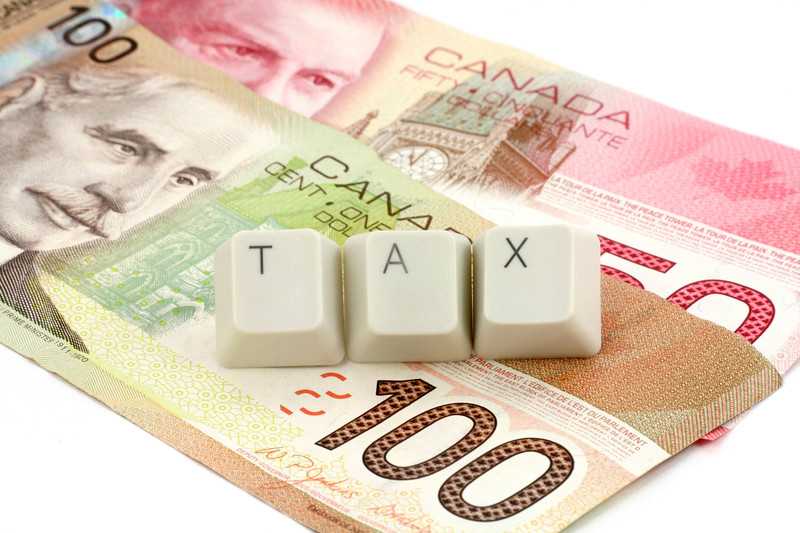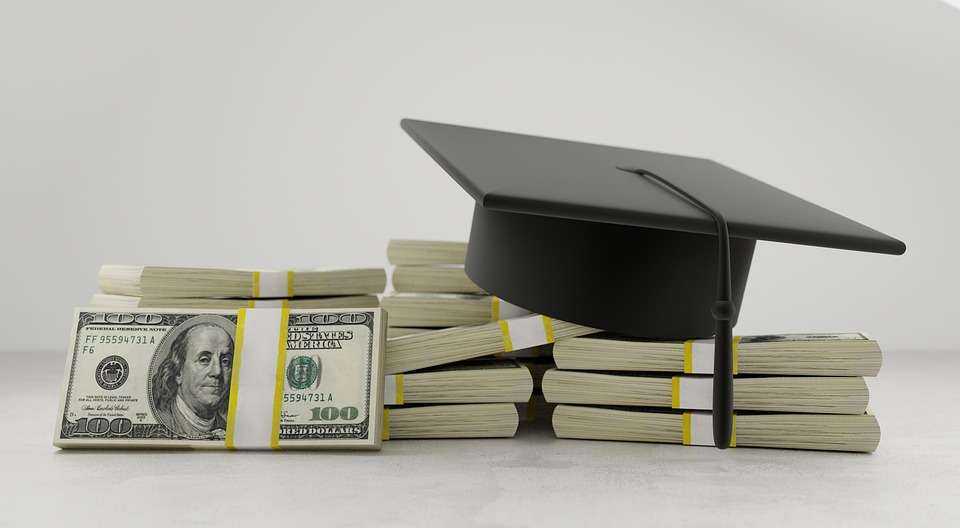Personal Finance
Understanding your Notice of Assessment

Personal Finance
What Is the Best Way to Invest in Your Child’s Education?
Personal Finance
Level up your money, level up your life – three simple financial strategies for wealth creation
Personal Finance
You are your greatest investment; Three simple steps to paying yourself first
-

 Community News2 weeks ago
Community News2 weeks agoAlmost Homeless – Eight years of Justin Trudeau; Canada’s housing is against the ropes, and Toronto renters suffer
-

 Community News1 week ago
Community News1 week ago“Stop egging me on!” Companies are simply getting better at carefully wording things on their packaging
-

 Community News1 week ago
Community News1 week agoChemical hair straighteners are causing uterine cancer, fibroid tumors and infertility in women of colour
-

 Community News1 week ago
Community News1 week agoRichard Rooney gifts $5 million to the African Studies Centre and the Centre for Caribbean Studies at the University of Toronto
-

 Community News2 weeks ago
Community News2 weeks agoFreedom Mas Kick off the start of Band Launch Season 2024
-

 Community News1 week ago
Community News1 week agoNot just a reunion; It’s a powerful catalyst for unity and growth. Welcome to the 10thBiennial Jamaica Diaspora Conference
-

 Community News2 weeks ago
Community News2 weeks ago14 Days to a healthier work-life balance
-

 Community News1 week ago
Community News1 week agoSharp rise in the number of medically assisted deaths in Canada sparks concerns

























